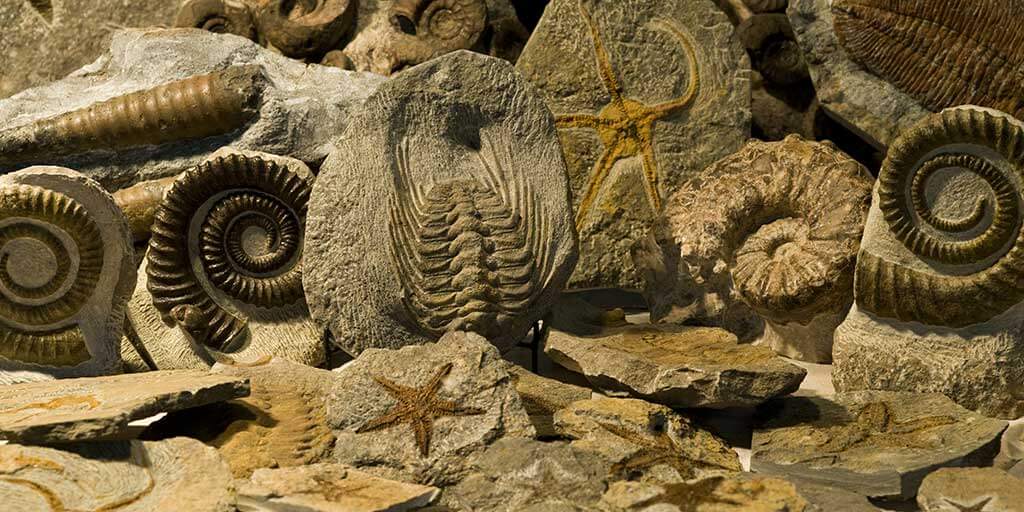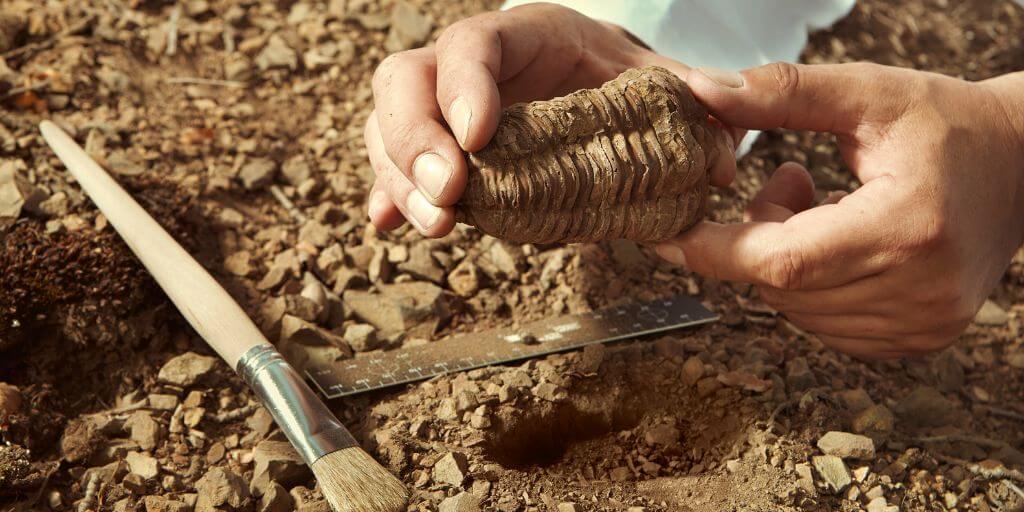The Cambrian Explosion and Intelligent Design – Part 1

Dr. John Ankerberg: Dr. Meyer, we’re glad you are here. Today I want to begin with a clip from Illustra Media’s beautiful documentary movie, Darwin’s Dilemma, which asks, “How could the complex animals in the Cambrian explosion suddenly come into existence?” I want you to watch.
Dr. Stephen Meyer: How did these new animal body plans and fundamentally new forms of life come into existence? This was the mystery that Darwin set out to solve. But everything we’ve learned in biology over the last 50 years has brought this mystery back with a vengeance. How do you explain the origin of the Cambrian animals seemingly out of nowhere? This isn’t just a problem of explaining the absence of evidence in the fossil record; it’s also a problem of explaining everything we know about life right down to the level of molecules and cells.
Narrator: The biological structure of a Cambrian trilobite was as complex and sophisticated as a modern crab. Its organs included a brain, gut, heart, and compound eyes. Each organ was constructed from specific types of cells. Each cell type was made from dozens of specialized protein molecules. And each protein was assembled from a four-letter chemical code in a section of DNA called a gene.
Dr. Stephen Meyer: Now, for the evolutionary process to transform a simple pre-Cambrian organism like a sponge with four or five cell types into a Cambrian trilobite with at least ten times that many different types of cells, that’s a huge leap in complexity. And to make that leap you need a vast amount of new genetic information. Where does that information come from? That’s the central mystery of the Cambrian explosion.
Narrator: According to Neo-Darwinism, new proteins are constructed by the dual mechanisms of genetic mutations and natural selection. As the genetic instructions for building proteins are copied, an occasional error can alter their contents. If these accidental revisions prove beneficial to survival, they are selected, or preserved, and passed on to future generations. Over eons these small changes accumulate; and new proteins, cell types, and even Cambrian carnivores gradually evolve into existence.
Dr. Stephen Meyer: Richard Dawkins, the famous Oxford evolutionary biologist, has illustrated how the Darwinian mechanism works using a metaphor he calls “climbing Mount Improbable”.
Narrator: From the front side, the mountain is a sheer cliff that could never be scaled in one giant leap. For Dawkins, this represents the impossibility of creating a complex animal by chance alone. Yet Dawkins also envisioned an alternative route up the backside of Mount Improbable, a long gradually sloping trail of small steps leading all the way to the summit.
Dr. Stephen Meyer: According to Dawkins that’s how you’d climb the mountain. And that’s also how you’d build a Cambrian animal, one small step at a time. What chance alone can’t accomplish in one blind leap, natural selection can accomplish through the cumulative effect of many small, incremental steps.
Narrator: In theory, each step corresponds to a small unit of biological change, a new gene and its protein product. But do mutations and natural selection have a reasonable chance of producing even one protein in the time available? Since 1992 molecular biologist Doug Axe has examined this question.
Dr. Douglas Axe: There’s a story that’s being told, and there’s an appeal in the case of Darwinism to random mutation and natural selection as being, in vague terms, the mechanism. But if you look at the detail, what kind of mutation can accomplish these transitions? And there it’s important to realize that the one area where we can really nail this down is at the single protein level where you can actually measure it. And if you look at protein structures, to get a substantially new protein fold is prohibitively difficult.
Dr. John Ankerberg: Richard Dawkins and other evolutionary biologists are still confidently proclaiming that it’s possible to build a Cambrian animal by natural selection and random mutation in small incremental steps. But what are some of the problems that you see with this evolutionary view?
Dr. Stephen Meyer: Well, actually many of the leading Cambrian paleontologists are now disputing that view. There’s a paleontologist at the Smithsonian named Douglas Erwin who has written a book with James Valentine from the University of California Berkeley. And they take what they call a non-uniformitarian evolutionary view, which just in plain English means that whatever caused the Cambrian animals to emerge, it’s unlike anything, any biological process we see at work today, including the mutation natural selection process.
So, there’s a lot of scientists who are doubting the creative power of the mutation selection mechanisms. One of the reasons for that is that natural selection can only select for a functional advantage, for an advantageous change in a protein or a gene at the smallest level. And yet, we know that the odds of generating such a new gene or protein by random mutations alone is extremely small. And it’s small even when we take into account the number of opportunities there are for such an event to occur, given the known history of life on earth. So, the idea that mutation and selection have this amazing creative power is really increasingly being questioned.
It does a great job of explaining small minor variations in existing protein folds and structures, but if you need enough changes to build what’s called a new protein structure, a new protein fold, too many things have to go right before there’s any selectable advantage. There is no gradual series of steps up the backside of the mountain. It’s basically a big-jump proposition where you need many coordinated changes to occur before there’s any selectable advantage. And the number of coordinated changes that are required are so vastly improbable that it’s far more likely, as we were saying in the last program, that such a random search will fail, than it is that such a mechanism will succeed.
So the really important, I would say, mathematical reasons to doubt the creative power of the mutation selection mechanism with respect to the problem of building even one gene or protein, let alone a whole new Cambrian animal which would require hundreds and thousands of new genes and proteins.
Go Deeper
- Jesus’ 7 Last Cries From The Cross – Package OfferCries from the Cross BookJoin the JA Show Inner Circle
Excerpted from our series The Case for Intelligent Design. See in our store at https://jashow.org/resources/the-case-for-intelligent-design/








